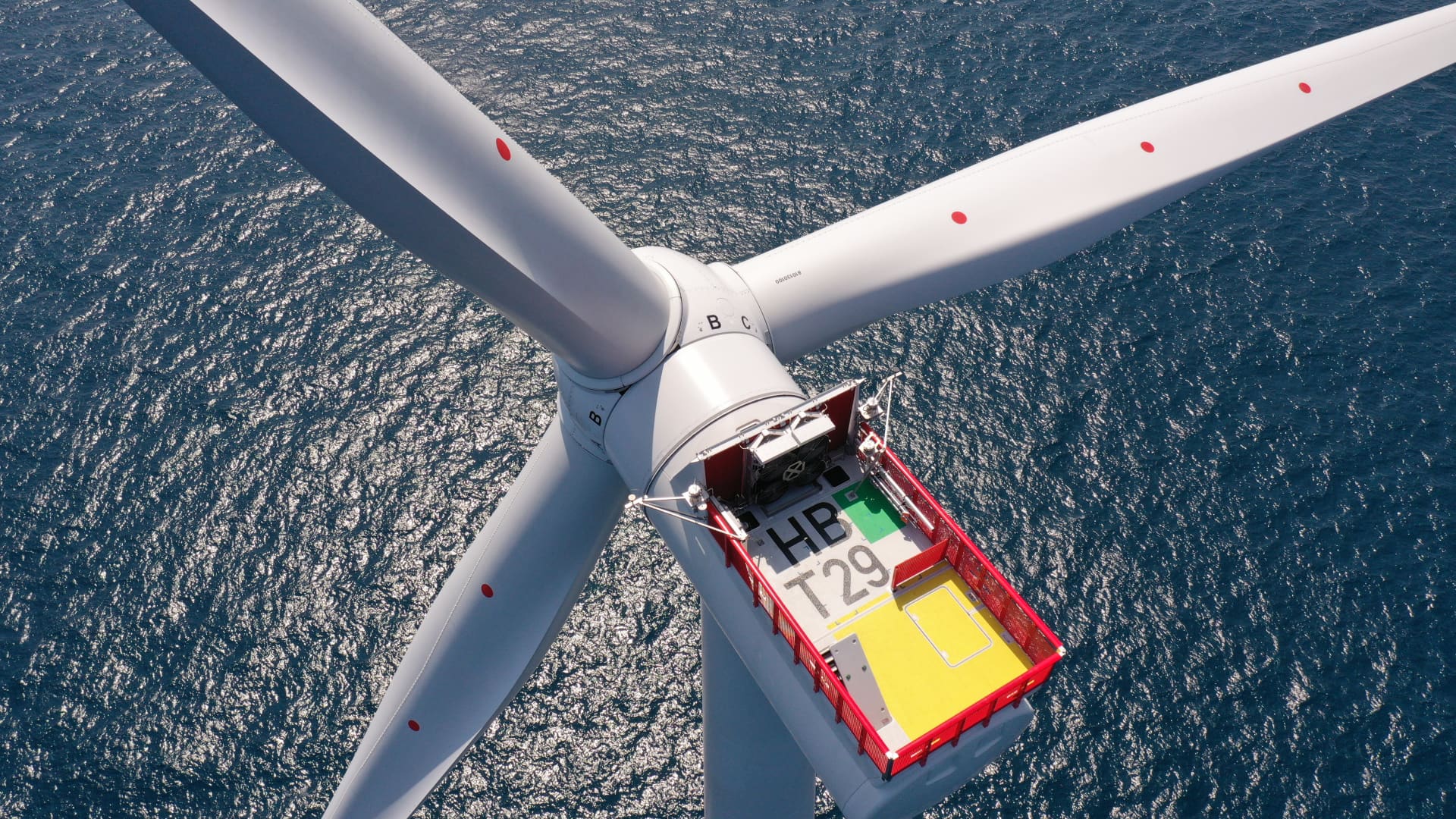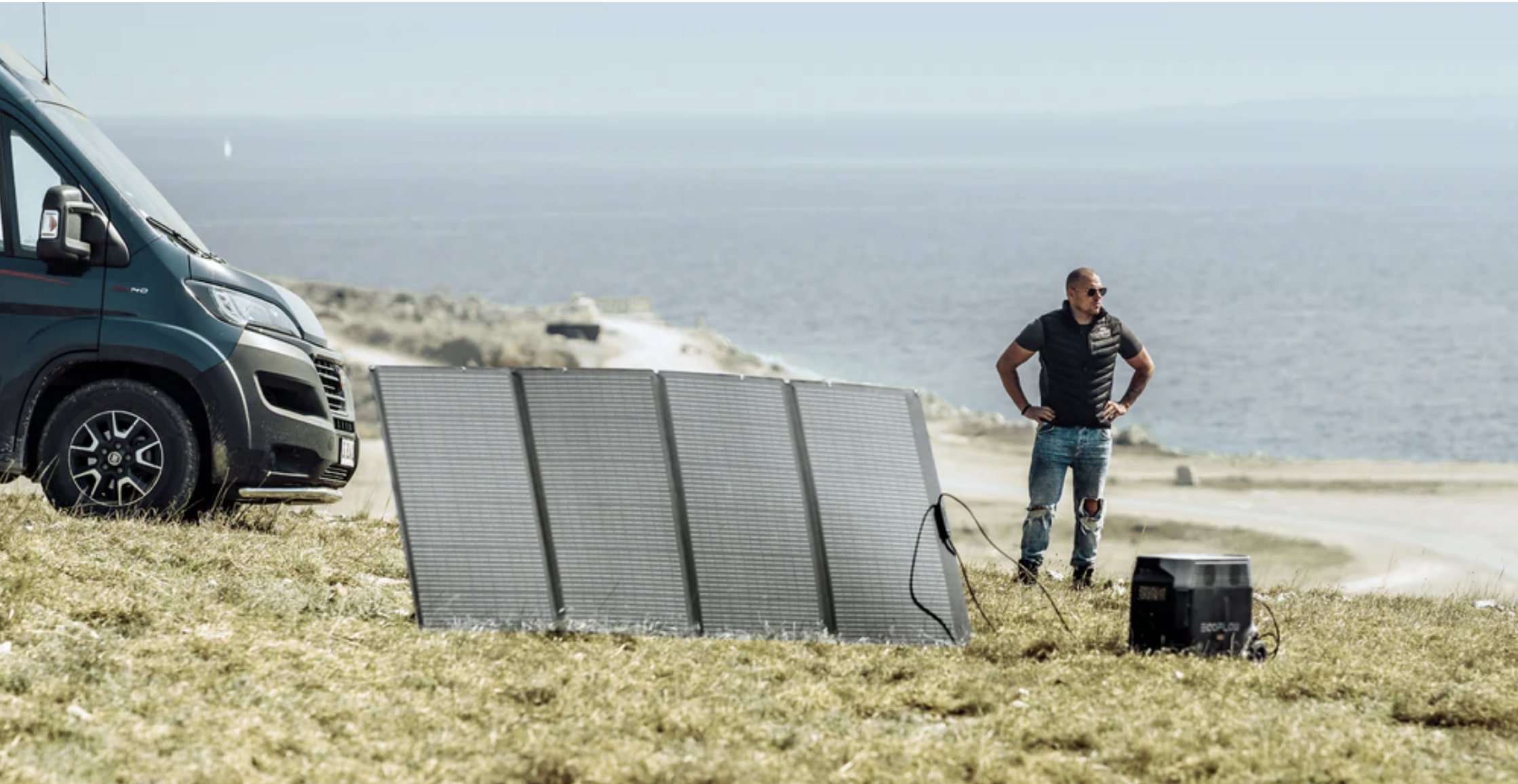Take A Few Minutes To Help Future EV Owners Find Rapid Charge Stations


I’m constantly recommending A Better Routeplanner (ABRP) to new EV owners. Why? Because it makes longer trips in just about any EV not only possible, but a lot less stressful. Back when I got my first longer-range EV that I felt like taking road trips in, I quickly found out that the official EPA range was a horrible number to rely on when planning a trip, especially when traveling at western interstate highway speeds (75-85 MPH, or get run over). There was also the problem of seriously depleting range on steep uphill stretches of roads, another fact of driving life in western states.
But ABRP was a game changer. It takes all of the guesswork out of taking road trips, and helps you plan routes that consider the terrain, the speeds you go, and other things like battery degradation, traffic, weather, and other factors that affect your range. The software is so decent that I’ve used it to run simulations and estimate what current and future EVs would do on road trips.
In a past article, I suggested some ways EV owners could help the project improve and become even more accurate. To help, you can donate to the open source projects the data comes from and you can help input more data to make things more accurate. In that past article, I mostly focused on updating the speed limits in Open Street Map to make the driving predictions more accurate.
But, there’s another problem I’ve repeatedly run into when planning trips: charging stations that I know are there, but don’t appear on the ABRP map. This leads to the app not knowing that certain routes are even possible for my vehicles. To get around that, I’ve often added a waypoint and then manually added my charging information, but that’s not a great way to do things.
However, there’s an easy way to fix this problem: help add stations to the app so that it can automatically route drivers through them. To do that, you can’t just add them directly to the app, but an ABRP blog post explains how to do this the right way. In short, the solution is to add charging station data to the projects ABRP draws its data from. This not only helps ABRP get its information right, but it also helps other open source projects (both available today and in the future) that will help EV drivers get where they’re going.
If you care about EV adoption and the future of electric vehicles, it’s definitely worth just a few minutes of your time to add stations to Open Charge Map. ABRP and Open Charge map are already used not only by enthusiasts and current owners but are increasingly being used by manufacturers who want to offer good guidance to new owners, sometimes including the data and software in their infotainment systems.
To add stations for everyone else to use, create an account on the website, and then scroll the map to where you know there’s a missing station. A blue marker will show up in the middle of the screen, and you move the screen to the exact place where the station should be on the map. Then, click on the blue marker to bring up the wizard to add information about the station. You’ll need to know which connectors it has, what the charging speeds are, and what network (if any) the station is part of.
Within a day or two, the station will appear in ABRP and EV drivers planning road trips will be able to have their trips routed through the stations.
Finally, I’d also suggest giving both ABRP and Open Charge Map a few bucks to keep things up and keep improving. You can find details on how to help Open Charge Map here, and you can get a monthly membership for ABRP here.
Featured image: screenshot of the El Paso area in Open Charge Map.
Appreciate CleanTechnica’s originality and cleantech news coverage? Consider becoming a CleanTechnica Member, Supporter, Technician, or Ambassador — or a patron on Patreon.
Don’t want to miss a cleantech story? Sign up for daily news updates from CleanTechnica on email. Or follow us on Google News!
Have a tip for CleanTechnica, want to advertise, or want to suggest a guest for our CleanTech Talk podcast? Contact us here.
Advertisement
This post has been syndicated from a third-party source. View the original article here.




